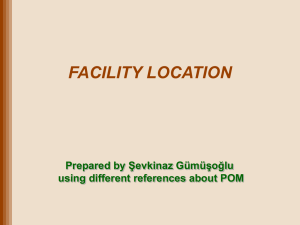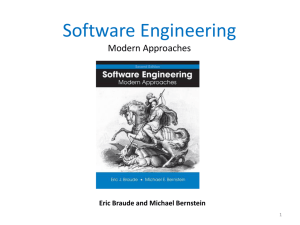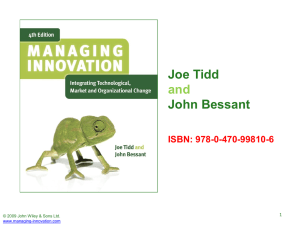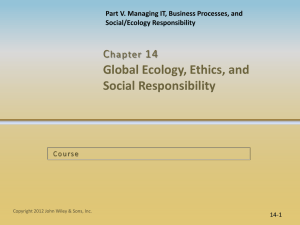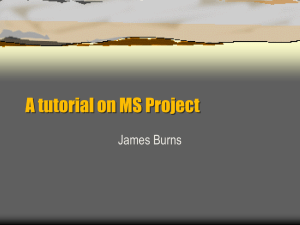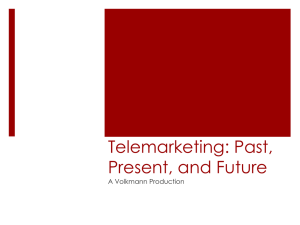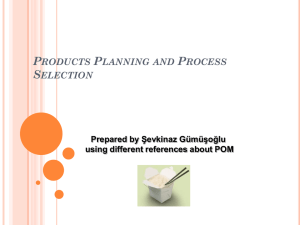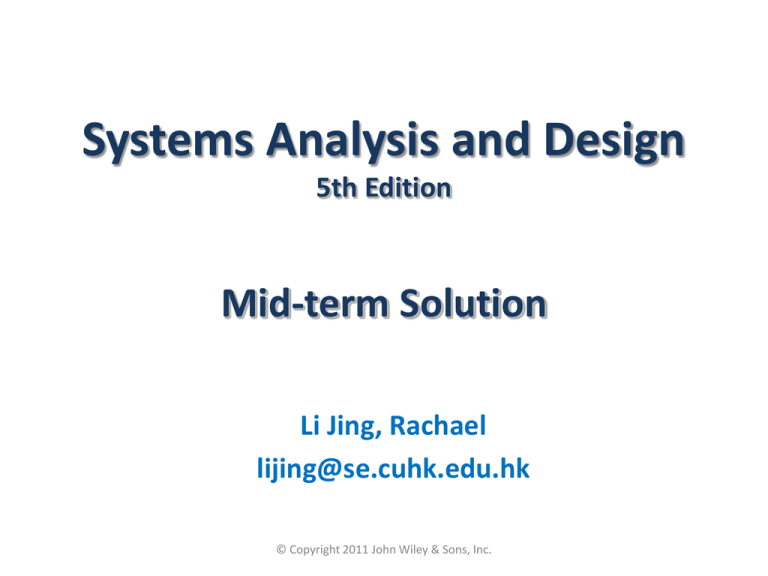
Systems Analysis and Design
5th Edition
Mid-term Solution
Li Jing, Rachael
lijing@se.cuhk.edu.hk
© Copyright 2011 John Wiley & Sons, Inc.
Question 1
What calculations are used in economic
feasibility?
– Return on investment(ROI) 3’
– Break-even Point(BEP) 3’
– Net present value of money(NPV)/Present
Value(PV) 3’
– Other calculation method 1’
ROI+BEP+NPV(PV)=10’
© Copyright 2011 John Wiley & Sons, Inc.
Question 2
What are the four phases of the SDLC and what is the
major deliverable from each of the phases?
– Planning 1’ - system request/feasibility
study/project plan 1.5’
– Analysis 1’ - system proposal/requirements + use
case 1.5’
– Design 1’ – (system/program/database)
specification/Alternative Matrix 1.5’
– Implementation 1’ – (installed) system /
documentation + migration plan + support plan 1.5’
© Copyright 2011 John Wiley & Sons, Inc.
Question 3
What is ROI?(4’)
– Return on Investment (4’)
– Or Formula (4’)
– To evaluate a project’s worth(2’)
Total benefits:$182,000 and total cumulative
costs:$120,000. What would be the ROI?(6’)
– (182000-120000)/120000=0.5167 6’
– Formula given in (a) or (b) 4’
– Calculation result 2’
© Copyright 2011 John Wiley & Sons, Inc.
Question 4
What is the difference between
systems prototyping and throwaway
prototyping methodologies?
– a functional system 5’
– understanding the user requirements and
design considerations more quickly 5’
© Copyright 2011 John Wiley & Sons, Inc.
System Prototyping
Evolve into
final system 1’
Quick 2’
Dirty 2’
Thorough
analysis
2’
Throwaway
Prototyping
2’
Throwaway
© Copyright 2011 John Wiley & Sons, Inc.
/refine 1’
Question 4
Throwaway prototyping
– With unfamiliar technology 2’
– Complex system 2’
– Reliable system 2’
System prototyping
– Short time schedule 2’
– Schedule visibility 2’
© Copyright 2011 John Wiley & Sons, Inc.
Question 5
What are the main differences between the
Waterfall Development and the Rapid
Application Development methodologies?
RAD emerge in response to the weakness of
waterfall
–
–
–
–
With unclear user requirement 2.5’
With unfamiliar technology 2.5’
With short time schedule 2.5’
With schedule visibility 2.5’
© Copyright 2011 John Wiley & Sons, Inc.
Question 6
Explain functional and non-functional requirements and
give 2 examples in each case for a bank ATM system.
Functional requirements
– what the software should do 2’/ processes 1’ + information 1’
– Example 1: allow users to check their balance
– Example 2: include real-time balance
Non-functional requirements
– characteristics the system should have 4’/ operational 1’ +
performance 1’ + security 1’ + cultural and political
requirements 1’
– Example 1: finish any user operation in 10 seconds
– Example 2:include all possible safeguards from viruses
© Copyright 2011 John Wiley & Sons, Inc.
Question 7
What are the steps for writing a use case?
–
–
–
–
Identify the (major) use cases. 2.5’
Identify the major steps for (within) each use cases. 2.5’
Identify elements within steps 2.5’
Confirm the use case 2.5’
Activities of each steps given is also OK.
© Copyright 2011 John Wiley & Sons, Inc.
Question 8
What are external and temporal event triggers? Give
an example each for a bank ATM system.
External events
– occur outside the system, usually triggered by someone who
interacts with the system. 3’
– Example: event trigged by users when they withdraw some
money from an ATM 2’
Temporal events
– occur at a defined point in time, such as the end of a workday or
the end of every month. 3’
– Example: a user logs into the ATM system and does nothing for
a long time, the ATM will expire current session
© Copyright 2011 John Wiley & Sons, Inc.
Question 9
What are the characteristics of (a) a
project and (b) process?
Project(also called temporary effort)
– Clear start and end dates/finite period of time 2.5’
– Clear deliverables (product, service or result) 2.5’
Process
– Multiple stages/series of steps 2.5’
– Lead to a product/activity/resource/output 2.5’
© Copyright 2011 John Wiley & Sons, Inc.
Question 10
SDLC is a time and quality trade-off.
Why?
The Systems Development Life Cycle
Time ↑ and quality ↑
All reasonable answer is OK.
© Copyright 2011 John Wiley & Sons, Inc.
Thank you!
lijing@se.cuhk.edu.hk
© Copyright 2011 John Wiley & Sons, Inc.
Copyright 2011 John Wiley & Sons, Inc.
All rights reserved. Reproduction or translation of this work
beyond that permitted in Section 117 of the 1976 United States
Copyright Act without the express written permission of the
copyright owner is unlawful. Request for further information
should be addressed to the Permissions Department, John Wiley
& Sons, Inc. The purchaser may make back-up copies for his/her
own use only and not for redistribution or resale. The Publisher
assumes no responsibility for errors, omissions, or damages,
caused by the use of these programs or from the use of the
information contained herein.
© Copyright 2011 John Wiley & Sons, Inc.






